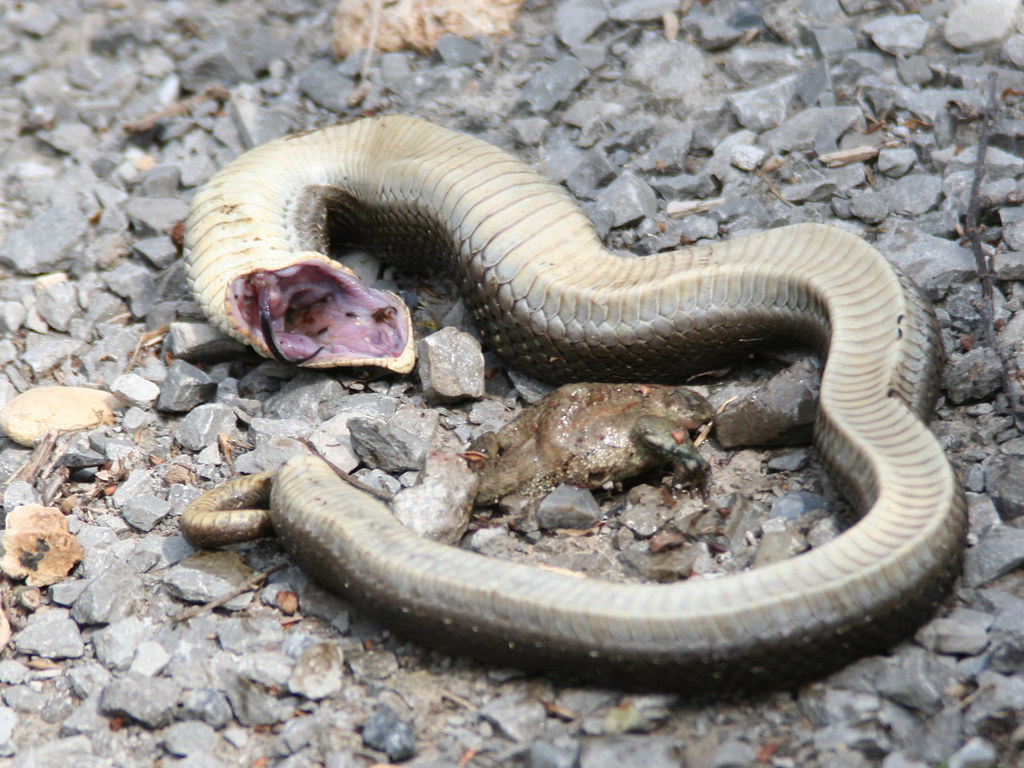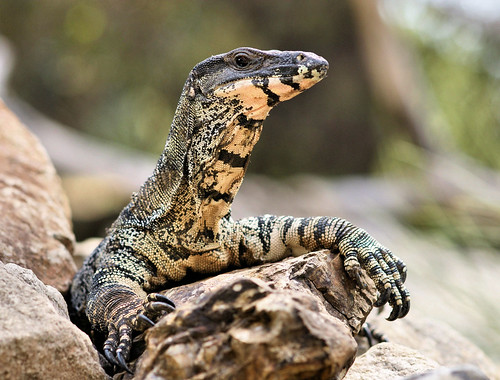Post by Ceratodromeus on Apr 27, 2015 22:39:44 GMT 5

Scientific classification
Kingdom: Animalia
Phylum: Chordata
Subphylum: Vertebrata
Class: Reptilia
Order: Squamata
Suborder: Serpentes
Family: Colubridae
Subfamily: Xenodontinae
Genus: Heterodon
Species: H. nasicus
Description
This snake is described as being "stout bodied" and doesn't grow to considerable lengths. Males rarely,if ever exceed 18 inches in length. Females are much larger; Sexual dimorphism in overall body size is present in Heterodon, following the typical
pattern for colubroid snakes lacking male-male combat (Shine 1993), with the largest
females being up to 230% larger than the largest males (Ernst & Ernst 2003). However, females reach sexual maturity at a later age. H. nasicus get its name from the modified rostral scales that are formed in an upturned manner, providing a very "swine like" appearance. This modified rostral scale aids in burrowing when the snake is trying to get out of the elements.
Dietary habits: Western hognose snakes predominately feed on amphibians, notably small species of tree frogs(Hyla )but they are known to take lizards, and mice. Though the latter is not common place, and there are few documents of it occuring. Captive bred individuals are even known to take gold fish when offered.
Documents on the diet of the western hognose propose a more toad oriented diet then anything else.{1} Juveniles are limited in what they can take, but as body size grows, the variety of prey they can take does as well. As primarily Bufophagous, these snakes display an innate tolerance to bufotoxins.
Venom:
There is some debate on how potent H. nasicus venom truly is. They are Opisthoglyphs(rear-fanged) and they rarely, if ever, bite in defense. However, effects noted after a hognose bite include swelling, blistering, and the skin becomes "hot"to the touch.{2}, {3}
An example of such envenomation

Predators & Death feining:
Documented predators of the western hognose include, coyote, crow & hawks (Blair & Schitoskey 1982) But are not limited to them. mammalian mesocarnivores,
predatory birds (e.g., shrikes, corvids, flycatchers, icterids), and other snakes (e.g., Coluber
constrictor, Lampropeltis spp.). Juvenile hog-nosed snakes may fall prey to rodents, shrews,
moles or other small mammals, or to large spiders (Edgren 1955), Invasive fire ants (Solenopsis spp.){1} also pose a threat not only to juveniles, but to adults as well.These particular snakes are known to "fake death" when confronted by a predator. Such tactics trick the aforementioned predator into thinking the snake is no longer worth a meal, and while the predator is looking in another direction, the snake opts to flee. If escaping is no longer an option, the snake laterally compresses its neck, flaring ribs in an attempt to make it appear larger. In some instances, blood hemorrhages have been noted when H. Nasicus participates in "feigning death"
Below is an example of such behavior

References
1. Durso, Andrew Michael. "Interactions of diet and behavior in a death-feigning snake (Heterodon nasicus)." (2011).
2. Morris, Michael A. "Envenomation from the bite of Heterodon nasicus (Serpentes: Colubridae)." Herpetologica (1985): 361-363.
3. Weinstein, Scott A., and Daniel E. Keyler. "Local envenoming by the Western hognose snake (Heterodon nasicus): A case report and review of medically significant Heterodon bites." Toxicon 54.3 (2009): 354-360.






